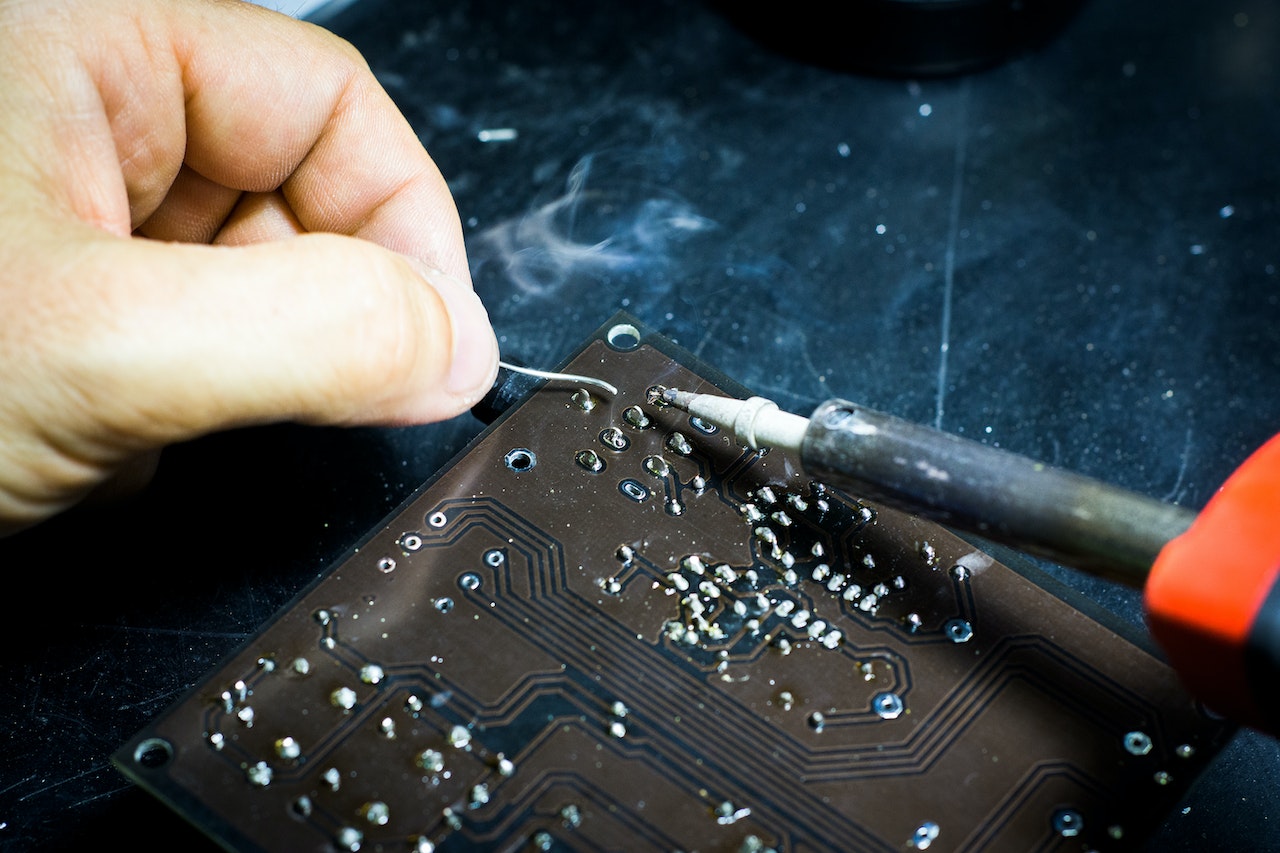What is the role of PCB Assembly in the creation of printed circuit boards?
Printed circuit boards (PCBs) are used in a wide range of industries and applications. These provide electrical circuits for various types of electronic systems, including computers, automobiles, medical equipment and other instruments. A PCB assembly is an important step in the creation of printed circuit boards (PCBs). It involves soldering on the board of electrically conductive components that perform functions such as providing power supply or detecting signals from other circuits.
PCB assembly is one of the vital steps in the creation of printed circuit boards (PCBs).
PCB assembly is one of the most important steps in PCB creation. It involves soldering electrical components on a printed circuit board (PCB). The PCB assembly process can be automated or manual depending on the scale of production and type of PCBs being produced.
A manual assembly process results in an increased production cost, but it is more flexible to accommodate small-scale production runs with high variability between boards that would require different components per unit.
It involves soldering of electrical components on the board.
Soldering is a process that involves melting metals to create an electrical connection. This metal can be either lead-free or leaded solder, which are both normally used in PCB assembly. The solder is melted as part of the soldering process, but it doesn’t make contact until the components have been placed on the board and heated up. Soldering involves four basic steps:
-
Cleaning – Removing any oil or dirt from your board
-
Tinning – Adding a thin layer of tin onto your copper pads and components so they’ll bond with the new solder when you apply it
-
Applying flux – A clear liquid used to remove oxides from your surfaces and help make sure everything sticks together properly
-
Flowing / Wicking – Melting/flowing/wicking together all parts
Selecting a good PCB manufacturer is essential for ensuring proper assembly of printed circuit boards.
Selecting a good PCB manufacturer is essential for ensuring proper assembly of printed circuit boards. When choosing a PCB manufacturer, you should look for one that meets the following criteria:
-
The company has been in the business for a long time and has built a solid reputation in the industry.
-
It can provide warranty services to its customers and offer some guarantee on their products.
-
The factory is equipped with advanced technology and skilled workers who have years of experience working with PCBs.
-
The company can design custom boards according to your specs or use your existing design files to produce them (if necessary).
Conclusion
The process of PCB assembly is an important aspect in the creation of printed circuit boards. It is one of the most vital steps in PCB manufacturing and therefore, it needs to be done by experts. It involves soldering electrical components onto a board. The process is carried out by using SMT (or surface mount technology) or PTH (or pin-through-hole) components, depending on the type of board being manufactured. There are many things that need to be considered while selecting a good PCB manufacturer for your business or organization; however, one of the most important things is that they should have experience in providing high-quality services at affordable rates so that they can meet all your requirements without any hassle.


